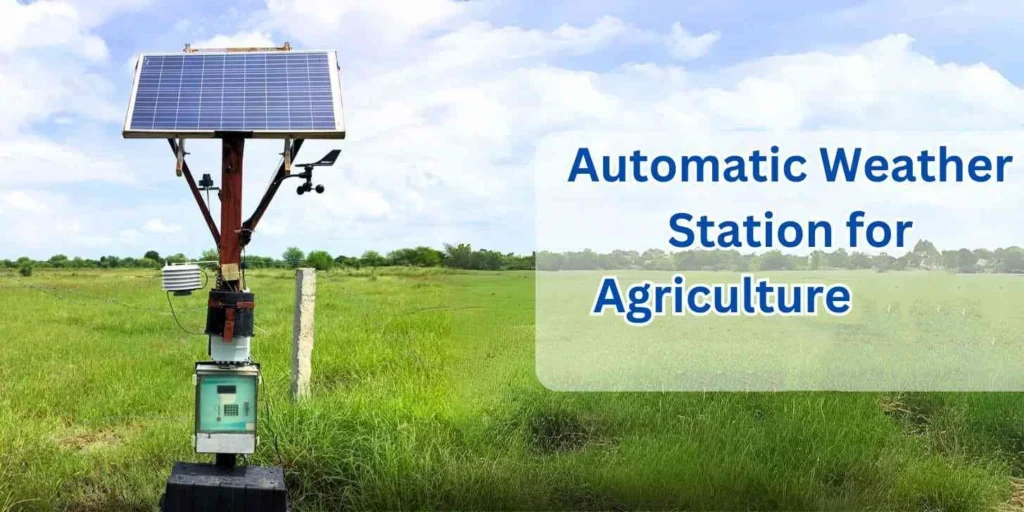Automatic Weather Station: Definition and Functionality


# Automatic Weather Station: Definition and Functionality
## What is an Automatic Weather Station?
An Automatic Weather Station (AWS) is a sophisticated system designed to collect and record meteorological data without the need for constant human intervention. These stations are equipped with various sensors that measure environmental parameters such as temperature, humidity, wind speed, wind direction, rainfall, and atmospheric pressure. The data collected by an AWS is typically transmitted to a central database or displayed on a local interface for real-time monitoring and analysis.
## Components of an Automatic Weather Station
An AWS consists of several key components that work together to provide accurate and reliable weather data:
– Sensors: These are the primary components that measure various weather parameters. Common sensors include thermometers for temperature, hygrometers for humidity, anemometers for wind speed, wind vanes for wind direction, rain gauges for precipitation, and barometers for atmospheric pressure.
– Data Logger: This device records the data collected by the sensors. It stores the information in a digital format, which can be accessed and analyzed later.
– Power Supply: AWS systems are often powered by solar panels, batteries, or a combination of both to ensure continuous operation, especially in remote locations.
– Communication Module: This component transmits the collected data to a central server or a local display unit. Communication can be achieved through various means, including radio, satellite, or cellular networks.
– Mounting Structure: The sensors and other components are mounted on a sturdy structure to ensure stability and accurate measurements. The structure is often designed to withstand harsh weather conditions.
## Functionality of an Automatic Weather Station
The primary function of an Automatic Weather Station is to provide accurate and timely weather data. Here are some of the key functionalities:
– Data Collection: The AWS continuously collects data from its sensors, providing a comprehensive picture of the current weather conditions.
– Data Transmission: The collected data is transmitted to a central database or a local display unit, allowing for real-time monitoring and analysis.
– Data Storage: The data logger stores the collected data, which can be accessed later for detailed analysis and historical comparison.
– Alerts and Warnings: Some AWS systems are equipped with alert mechanisms that notify users of extreme weather conditions, such as high winds, heavy rainfall, or sudden temperature drops.
– Remote Monitoring: AWS systems can be monitored remotely, making them ideal for use in inaccessible or hazardous locations.
## Applications of Automatic Weather Stations
Automatic Weather Stations are used in a wide range of applications, including:
– Agriculture: Farmers use AWS data to make informed decisions about planting, irrigation, and harvesting.
– Aviation: Airports rely on AWS data to ensure safe takeoffs and landings by monitoring wind speed, visibility, and other critical parameters.
– Environmental Monitoring: AWS systems are used to monitor environmental conditions in protected areas, such as national parks and wildlife reserves.
– Research: Scientists use AWS data to study climate patterns, weather phenomena, and the impact of climate change.
– Disaster Management: AWS data is crucial for predicting and managing natural disasters, such as hurricanes, floods, and wildfires.
## Conclusion
Automatic Weather Stations play a vital role in modern meteorology by providing accurate and reliable weather data. Their ability to operate autonomously and transmit data in real-time makes them indispensable tools for a wide range of applications, from agriculture to disaster management. As technology continues to advance, AWS systems are becoming more sophisticated, offering even greater accuracy and functionality.
Keyword: what is automatic weather station